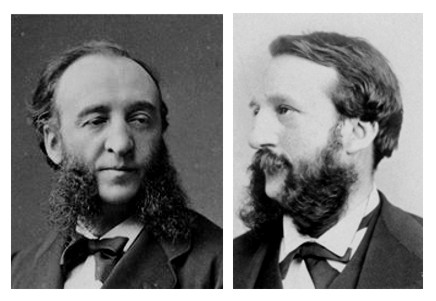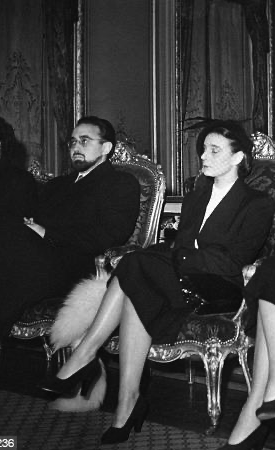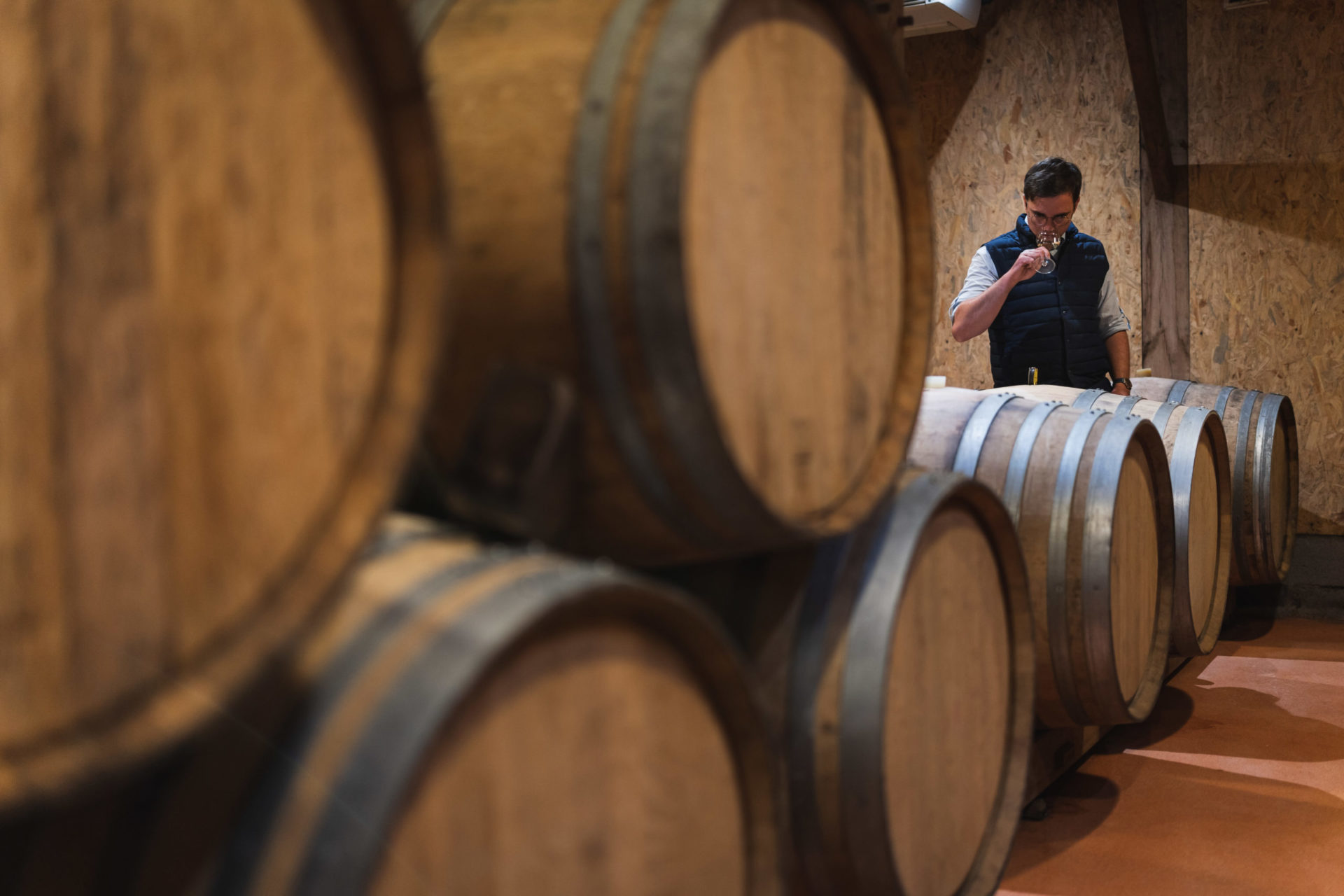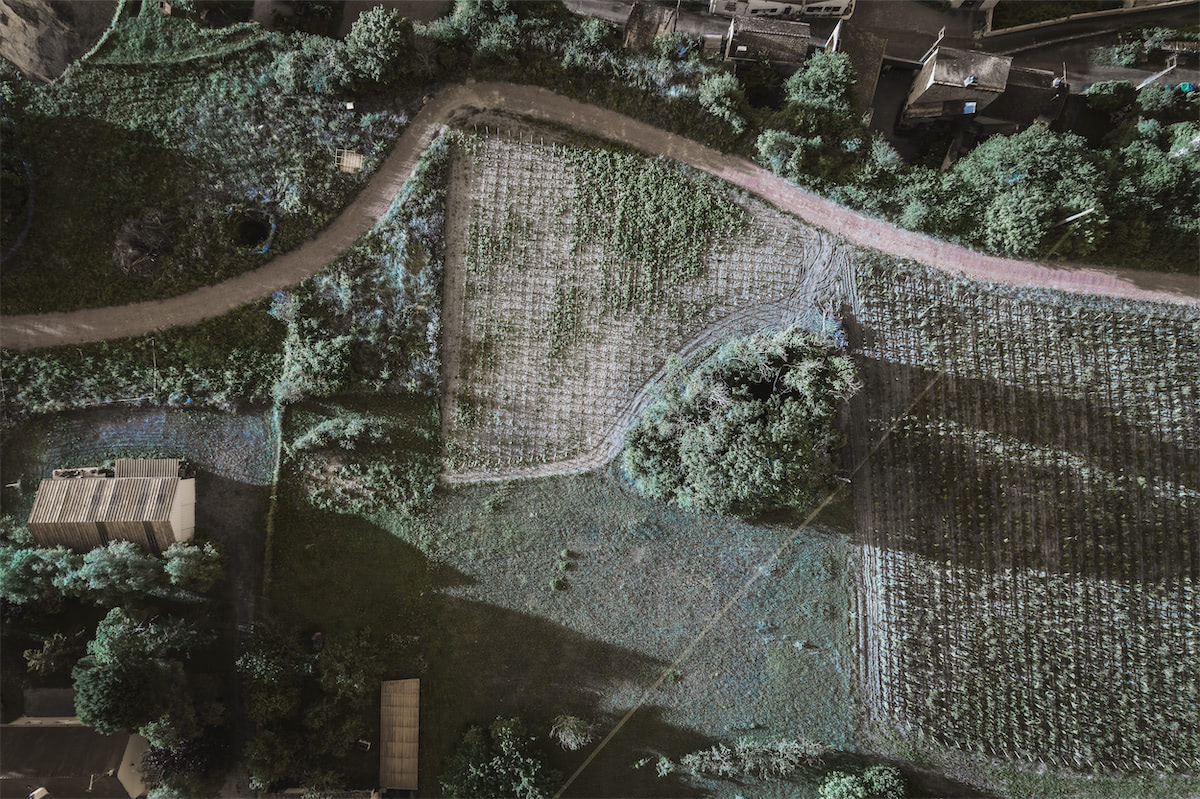The history of the Chateau de Targé
AND TOMORROW?

Les vignes se travaillent sur le long terme,
en pensant chaque jour aux ancêtres qui nous les ont transmises et aux enfants à qui nous les laisserons. Chaque nouveauté met des mois ou des années à arriver jusqu’à vos papilles : en attendant, nos cuvées actuelles devraient vous permettre de patienter encore un peu !
Pour obtenir de nos nouvelles au quotidien, vous pouvez lire les dernières actualités du domaine ou nous suivre sur Instagram et Facebook.


























